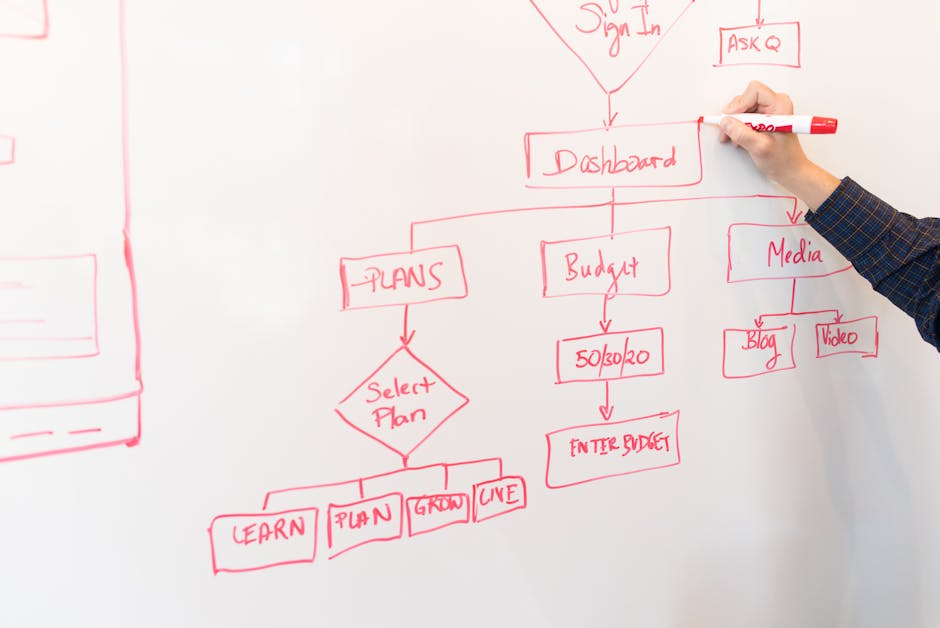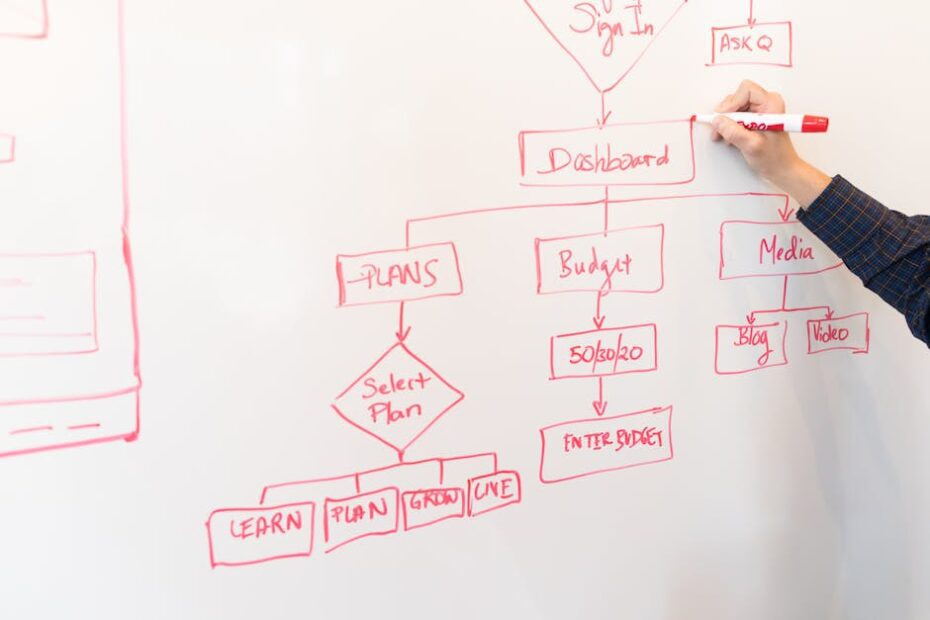Embarking on an insulation assessment journey unveils a complex yet crucial process. From initial evaluation to final recommendations, each step plays a pivotal role in enhancing energy efficiency and comfort. Join us as we delve into the intricate world of insulation assessments.

Introduction to Insulation Assessment
The initial phases of an insulation assessment lay the groundwork for what follows. By understanding the current insulation status, professionals can pinpoint areas of improvement and tailor solutions to individual needs. This stage sets the stage for a comprehensive assessment encompassing various aspects of a building’s energy performance.
During an insulation assessment, identifying potential energy loss points is paramount. This involves assessing windows, doors, walls, and ceilings for gaps, leaks, or insufficient insulation that may compromise thermal efficiency. Proper detection at this stage is vital for formulating effective strategies for enhancing insulation performance.
Furthermore, an insulation assessment often includes an evaluation of existing materials and their condition. Understanding the quality and durability of insulation components provides insights into their effectiveness and longevity. This information guides decision-making regarding repairs, replacements, or upgrades to optimize energy conservation efforts.
Preparation and Initial Evaluation
Preparation is fundamental in ensuring a smooth insulation assessment process. Professionals equip themselves with the necessary tools and resources to conduct thorough evaluations. From infrared cameras to airflow meters, each tool plays a crucial role in assessing insulation performance accurately.
The initial evaluation phase involves conducting a detailed inspection of the property. Insulation assessment experts examine both the interior and exterior of the building to identify potential areas of concern. This meticulous evaluation forms the basis for developing tailored solutions that address specific insulation challenges.
Moreover, during the initial evaluation, professionals engage with homeowners to gather insights into their concerns and priorities. Understanding occupant preferences and comfort requirements allows for personalized recommendations that align with energy efficiency goals. Effective communication fosters a collaborative approach to optimizing insulation solutions.
Assessment Techniques and Tools
The utilization of advanced techniques and tools is essential in conducting a comprehensive insulation assessment. Thermal imaging technology enables professionals to visualize heat distribution patterns and identify thermal weak points within a structure. This non-invasive method enhances diagnostic accuracy and informs targeted insulation improvements.
Blower door tests are another valuable tool employed during an insulation assessment. By depressurizing a building and measuring air infiltration rates, professionals can assess the airtightness of the structure. This quantitative data aids in determining the effectiveness of insulation measures and highlights areas for enhancement.
In addition to high-tech tools, manual inspections play a significant role in insulation assessments. Professionals conduct visual inspections, tactile assessments, and moisture checks to detect signs of insulation deterioration or damage. This multi-faceted approach ensures a comprehensive evaluation of a building’s insulation performance.
Analyzing and Interpreting Assessment Data
Once the insulation assessment data is gathered, the analysis phase commences. Professionals meticulously review the collected information to identify patterns, anomalies, and areas requiring immediate attention. Data interpretation is a critical step in formulating effective strategies for improving insulation performance.
Statistical analysis and energy modeling are common practices in insulation assessments. By simulating various scenarios and evaluating the impact of insulation upgrades, professionals can predict energy savings and assess the return on investment. This analytical approach enables informed decision-making regarding insulation improvements.
Furthermore, assessing assessment data involves prioritizing recommendations based on cost-effectiveness, energy efficiency gains, and long-term sustainability. Professionals balance technical insights with practical considerations to offer tailored solutions that align with client goals and budget constraints. This holistic approach ensures comprehensive insulation enhancement strategies.
Recommendations and Improvement Strategies
Following a thorough insulation assessment, professionals provide detailed recommendations and improvement strategies to enhance energy efficiency. These suggestions may include upgrading insulation materials, sealing air leaks, or optimizing ventilation systems to achieve optimal thermal comfort and reduced energy consumption.
Tailored to the specific needs of each property, insulation assessment recommendations prioritize sustainability, durability, and performance. Professionals outline actionable steps for implementing insulation improvements, considering factors such as climate conditions, building usage, and occupant comfort requirements. These strategies aim to maximize energy savings and environmental benefits.
Moreover, professionals collaborate with homeowners to develop a customized insulation action plan that aligns with their goals and budget. Clear communication and transparent guidance empower property owners to make informed decisions regarding insulation upgrades and energy-saving initiatives. The partnership between experts and clients fosters successful implementation of improvement strategies.
Final Evaluation and Documentation
The conclusion of an insulation assessment involves a final evaluation to assess the effectiveness of implemented improvements. Professionals conduct post-assessment inspections to verify insulation upgrades, address any remaining issues, and ensure optimal performance. This quality assurance step validates the success of enhancement strategies.
Documentation plays a crucial role in the insulation assessment process, providing a comprehensive record of findings, recommendations, and implemented solutions. Detailed reports outline the assessment scope, identified deficiencies, improvement measures, and post-upgrade evaluations. This documentation serves as a roadmap for future maintenance and optimization efforts.
Furthermore, client feedback and satisfaction surveys are integral components of the final evaluation stage. Professionals seek input from homeowners regarding the impact of insulation improvements on comfort, energy bills, and overall satisfaction. This feedback loop informs future assessment practices and continuous improvement initiatives.
Key Lessons Learned
In the realm of insulation assessments, meticulous attention to detail and strategic planning are key. By understanding the nuances of each assessment phase, one can unlock energy-saving potentials and elevate indoor comfort levels. Embrace the journey of insulation assessments to create a more sustainable and efficient living environment.
